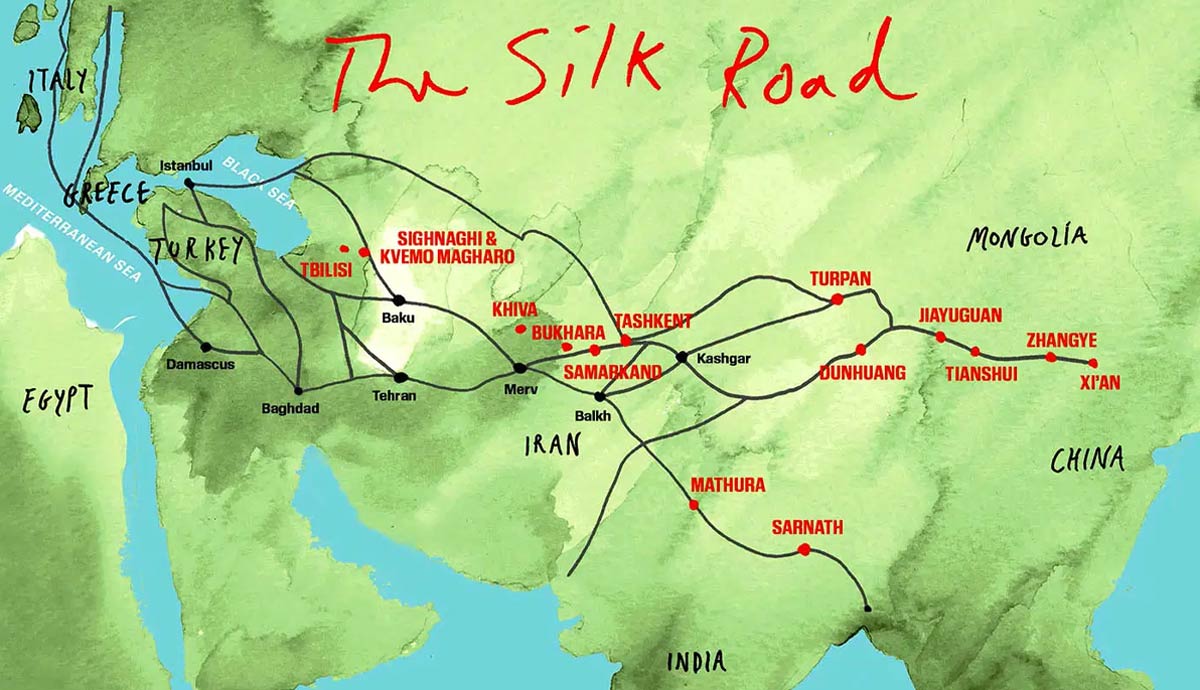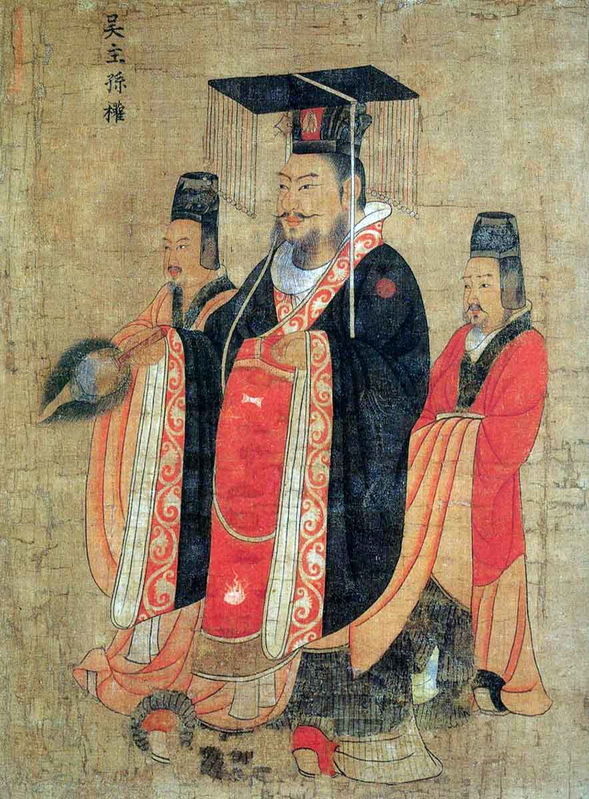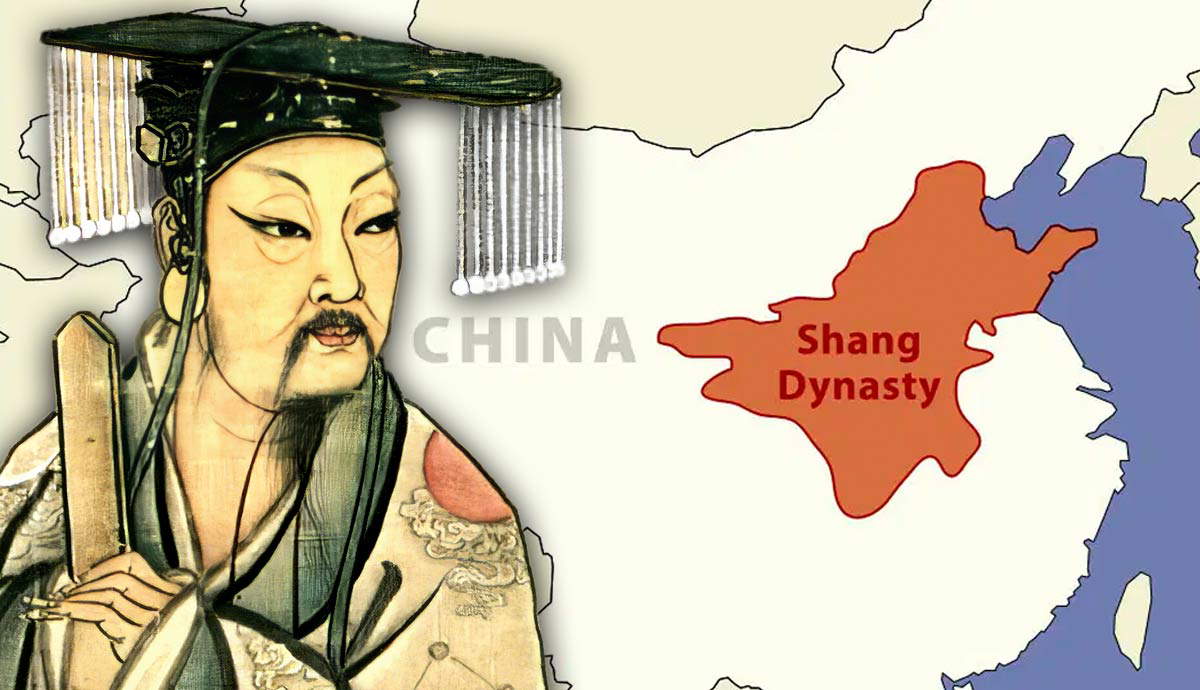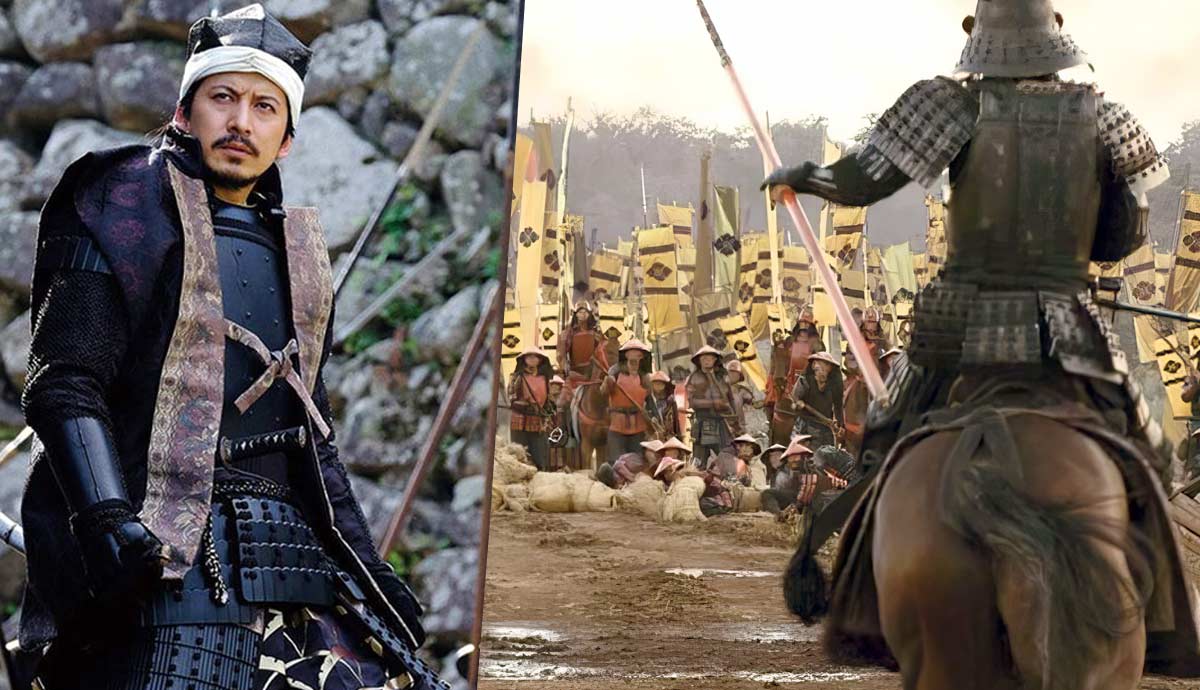
The Silk Road was a web of trade routes that spanned from about 138 BCE to around 1453 CE that enabled the flow of trade items and cultures between North Africa, parts of the Middle East, Europe, and Asia. First established by China’s Han dynasty and later revived by the Tang dynasty, it is widely referred to as the first artery of global exchange because of the influence it had on Eastern and Western cultural, economic, and governance systems.
Why the Han Dynasty Established the Silk Road

The Han Dynasty led by Emperor Wu initially established the Silk Road as it sought to trade with regions in the West. Unfortunately, it faced constant threats from nomadic tribes. To overcome the problem, Wu sought to engage in diplomacy and extensive military campaigns. And so he dispatched an envoy, Zhang Qian, to forge alliances against the formidable Xiongnu confederation of nomadic groups that hindered the expansion of the trade routes. In 138 BCE, the Han envoy Zhang Qian undertook a mission to the Western Regions that provided invaluable intelligence. His first mission is considered to be the initial foundation of the Silk Road.

On his second mission in 119 BCE, he established the first diplomatic ties with kingdoms such as Wusun through the exchange of items such as gold and silk. Soon, the Han Dynasty’s military was able to advance into the Hexi Corridor and Tarim Basin, creating the security needed for trade to flourish. This was achieved through major military attacks that defeated the Xiongnu and pushed them from the Hexi Corridor. The corridor harbored a key route that connected China to the Western Regions. Military bases were set up along the route to secure it.
What Happened After the Fall of the Han Dynasty

By the 1st century CE, Chinese silk was in high demand as far west as Rome. Over time, the Han-era Silk Road became one of the biggest achievements of the Han dynasty’s foreign policy. Notably, the routes constantly required military protection against the Xiongnu, leading to the extension of the Great Wall and the establishment of garrisons and fortified towns. However, after the fall of the Han Dynasty in 220 CE, other regional groups such as the Sassanid Empire in Western Asia began to fill in the void by managing some of the routes.
That was until the 7th century CE when the Tang Dynasty re-established Chinese control over the routes.
Changes After the Tang Dynasty Reestablished Control Over the Silk Road

The revival brought renewed stability and a vibrant cosmopolitan culture. In the new era, the military strength of the Tang helped to secure the Tarim Basin from the Eastern and Western Turks. A few years later, the Tang dynasty established the Protectorate General to Pacify the West around 640 CE in order to enhance control over the Silk Road. While it was a military-led administration, it marked a new era of secure trade. Around 702 CE, the Protectorate General of Beiting was established to oversee the Silk Road’s northern route.
The dynasty reduced taxes on merchants while consolidating control over the oasis kingdoms of Kucha, Khotan and Kashgar. The strategy was initially successful and the stability greatly favored the Sogdian merchants – an Eastern Iranian-speaking people who transported goods between the interconnected regions, while acting as translators. In the late 8th century, however, the An Lushan Rebellion spanning from 755 CE to 763 CE weakened the dynasty’s control over the routes due to the withdrawal of troops. The interruption resulted in the Tang dynasty losing significant territories to the Tibetans.
How the Tang Dynasty Influenced Silk Road Culture

Despite losing territories, the Tang Dynasty still maintained cultural influence for some time, and places such as Chang’an (modern-day Xi’an) became bustling international metropolises. This was because the Tang had turned such cities into inclusive, vibrant hubs to attract traders and inhabitants from across Asia. As many as 1 million people lived in the city of Chang’an and its suburbs. As such, it was widely referred to as the million-man city in Chinese records.
The Tang Dynasty officially ended in 907 CE. The decline marked the close of the Silk Road’s Golden Age. The next era saw the routes fragmented. Subsequent empires such as the Mongols would later revive the routes but the foundational work of the Han and Tang was complete.










